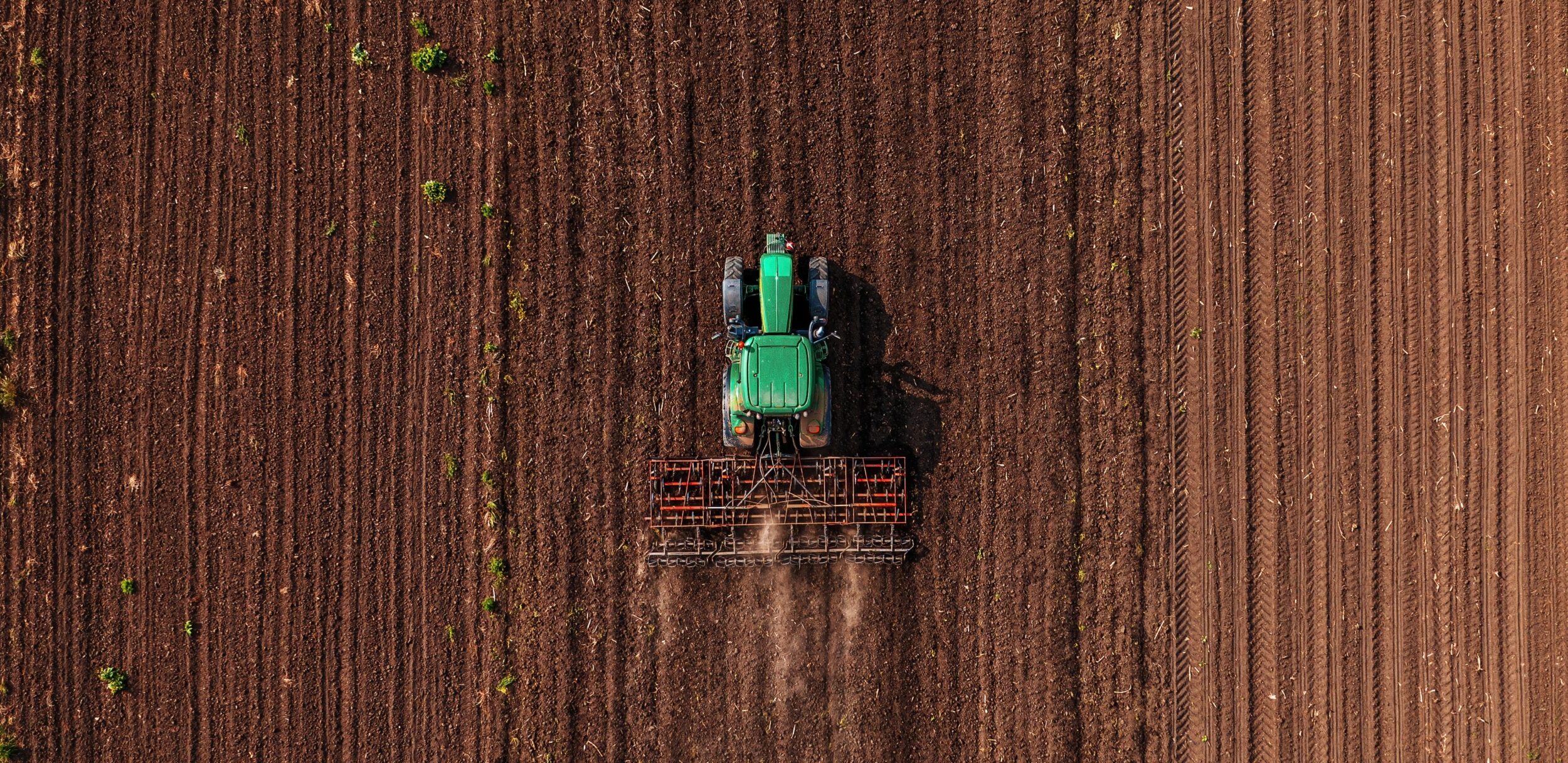
By DANA TIMS/Lincoln Chronicle
Making a living farming, even in the best of times, can be a tough row to hoe.
Obstacles such as weather, labor shortages and rising supply costs are always crop-killing realities.
But earning a sustainable living farming on Oregon’s coast is even more difficult, as evidenced by the decreasing number of farms and farmworkers listed in the Census of Agriculture, performed every five years by the United States Department of Agriculture.

Lincoln County, for instance, led the way in those losses in the five-year period between 2017 and 2022. It lost both the largest number of farms — 85 for a drop of 22 percent and lost the largest proportion – 40.6 percent — of its farmworkers.
Columbia County sustained the largest number of farmworker losses with 271 or 33 percent.
In a five-county area that includes Benton, Clatsop, Columbia and Tillamook counties, the number of farms and farmworkers decreased by 187 and 499, respectively, over those five years. This left a total of 2,469 farms and 3,351 hired farmworkers in that area.
Of those five jurisdictions, only Benton County added both farms and farm laborers.

Economists monitoring the trend aren’t entirely sure what to make of it. The increasing number of older farmers, however – the average age of farmers across the state increased to 60 years old from 55 in the prior census — may have something to do with the decline.
“The average age of our farmers is just a lot older than in many professions,” Shaun Barrick, an Oregon Employment Department economist, told the Lincoln Chronicle. “It just makes a lot of sense that people aren’t moving into farming.”
To the contrary, he added, “They are aging out.”
That trend is most pronounced in Lincoln County, which annually produces less in farm sales than any of Oregon’s other 35 counties.
Nearly half of the county’s 557 active farmers, 254, are older than age 65. Another 248 are between 34 and 64 years of age. Only 55 are less than 35, according to the census.
Acreage increases
At the same time, the total acreage dedicated to farmland in those same counties increased over that span.
Clatsop had the largest percent increase at 18 percent, while Columbia experienced the largest real gain by adding 5,897 acres of farmland between 2017 and 2022. In Lincoln County, the average farm size of 90 acres represented a 19 percent increase.
Taken together, the numbers didn’t come as a surprise to Austin McClister, the Oregon Farm Bureau’s communications director.
“A lot of younger people just can’t afford to get into farming,” he said. “So farms that get sold are generally bought by people with capital already.”
There is also the reality that coastal farms, unlike their counterparts in the Willamette Valley and eastern Oregon, tend to be very constrained by the Pacific Ocean to the west and the Coast Range to the easy. Lacking the type of sprawling tracts available elsewhere, coastal ventures must fit into small pockets dotting coastal rivers and estuaries.
“There’s just not a whole lot of land available for growing large traditional crops,” Barrick said.
- Dana Tims is an Oregon freelance writer who contributes regularly to Lincoln Chronicle, formerly YachatsNews, and can be reached at DanaTims24@gmail.com




















